Lee Ufan — A Master of Contemporary Art Who Continues to Question “Being” and “Space”
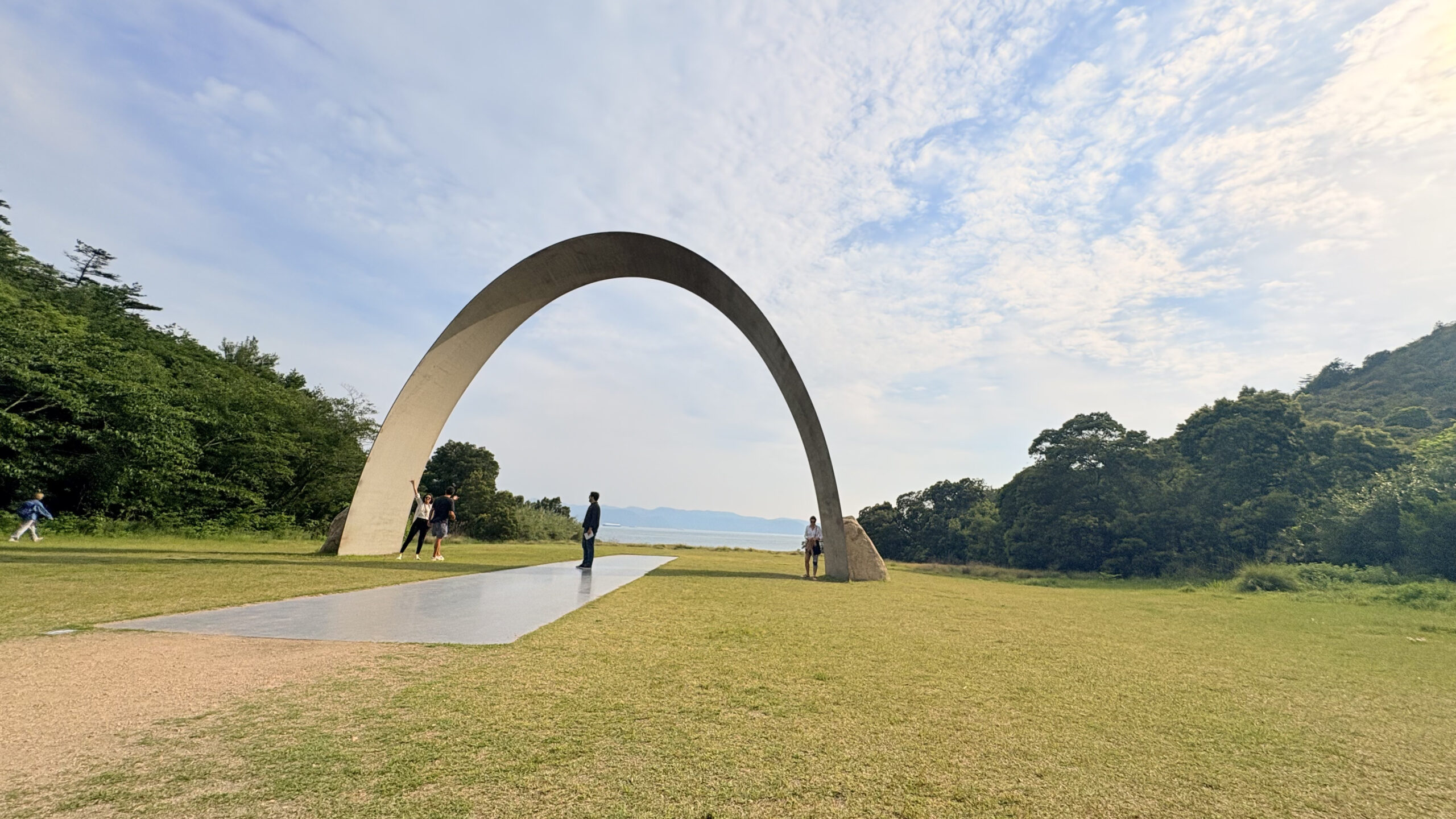
Floating in the tranquil waters of the Seto Inland Sea lies Naoshima, an island renowned for its deep connection with art. Blending seamlessly into this quiet landscape is the Lee Ufan Museum, a space where nature and art engage in an ongoing dialogue. But who is Lee Ufan, the artist whose name the museum bears?
An Artist Who Unites Philosophy and Art
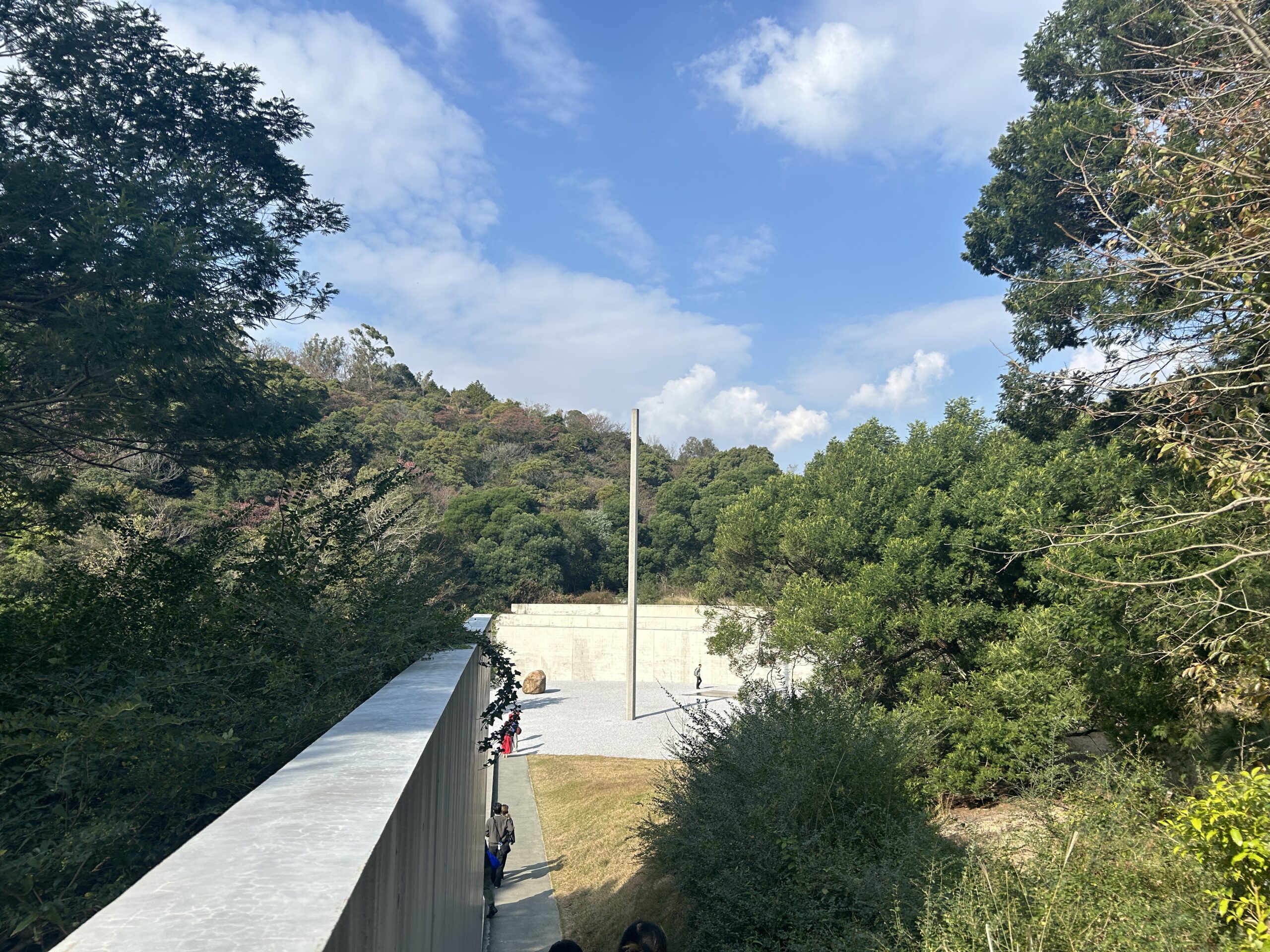
Born in 1936 in Gyeongsangnam-do, South Korea, Lee Ufan moved to Japan in 1956, where he studied philosophy at Nihon University. Over time, he emerged as a leading figure in the art world. His works are deeply philosophical, inviting not only visual engagement but also intellectual reflection.Of particular note is his role as a theoretical pillar of the Mono-ha movement, which emerged in Japan in the late 1960s.
By combining natural and industrial materials—such as stone, iron, and glass—Lee sought to create works that were not about form alone, but about the relationships between materials and the spaces they inhabit.This approach left a significant mark on the contemporary art scene.
“Relatum” and the Poetics of Space
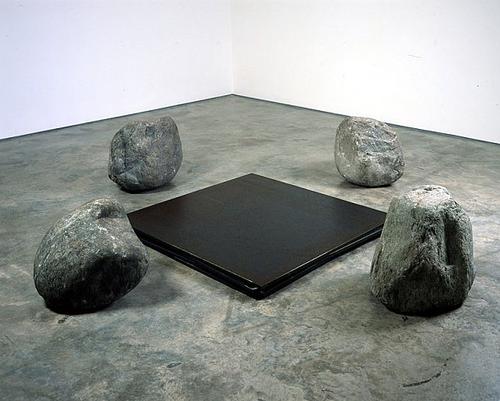
Source:Relatum – Discussion, WikiArt, wikiart.org
In his representative Relatum series, large stones and iron plates are presented in a state of simply “being there.” Minimally processed, the materials interact with one another through distance, gravity, and light, quietly yet powerfully asserting their presence.
Rather than focusing on the artwork as a finished object, Lee emphasizes the “interval” (ma) between the work and the viewer. As one approaches and moves around the pieces, questions naturally arise: What does it mean to exist? What does it mean to see?
Lee Ufan Museum – A Breathing Space for Art and Nature
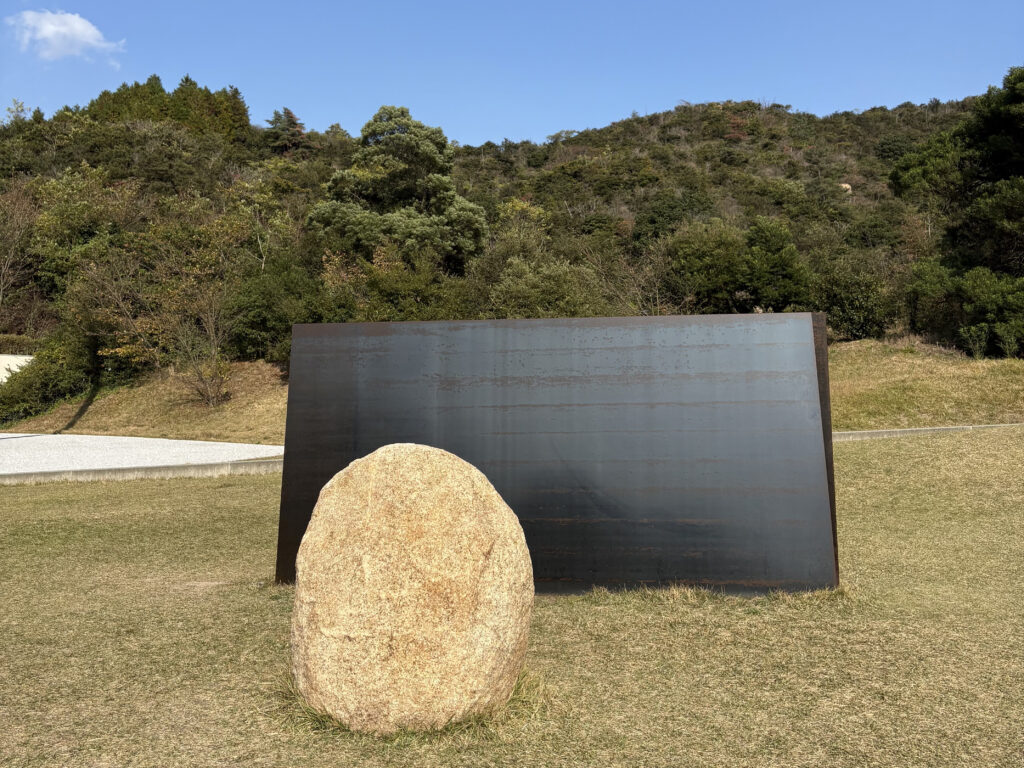
In 2010, the Lee Ufan Museum was opened on Naoshima in collaboration with architect Tadao Ando. The museum itself embodies Lee’s philosophy: a concrete structure embedded in the earth, framing slices of sky, and hosting works that engage in silent conversation with their surroundings.
Inside the museum, visitors can view not only Lee’s sculptures but also his paintings. His minimalist brushwork—often consisting of repeated gestures—makes visible the rhythms of time, breath, and consciousness.
International Acclaim
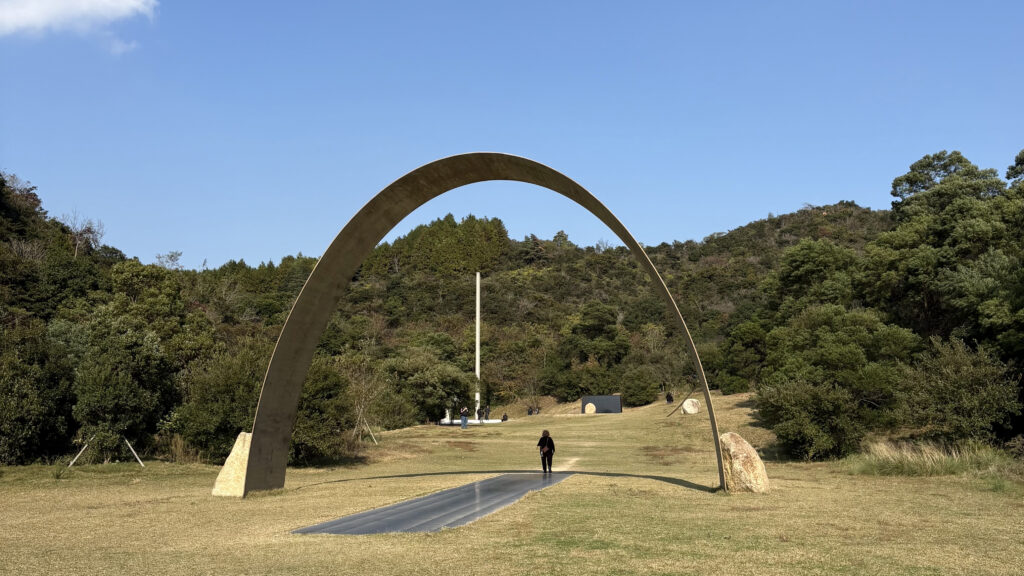
Lee Ufan’s works have been exhibited and acclaimed not only in Japan but also across the globe, including at the Guggenheim Museum in New York and the Palace of Versailles in France. He has received numerous honors, such as Japan’s Medal with Purple Ribbon and France’s Légion d’honneur.
His practice extends beyond sculpture and painting into critical essays and philosophical writings, making him a truly reflective and intellectual artist.
In Closing

At first glance, Lee Ufan’s works may appear quiet and simple. Yet within them lie profound questions: What does it mean to exist? How do we engage with the world around us?
If you have the chance to visit Naoshima, consider spending some contemplative time at the Lee Ufan Museum—a place to engage not only with art but with your own senses and thoughts.
About Our Tour called “Ohana Tour”
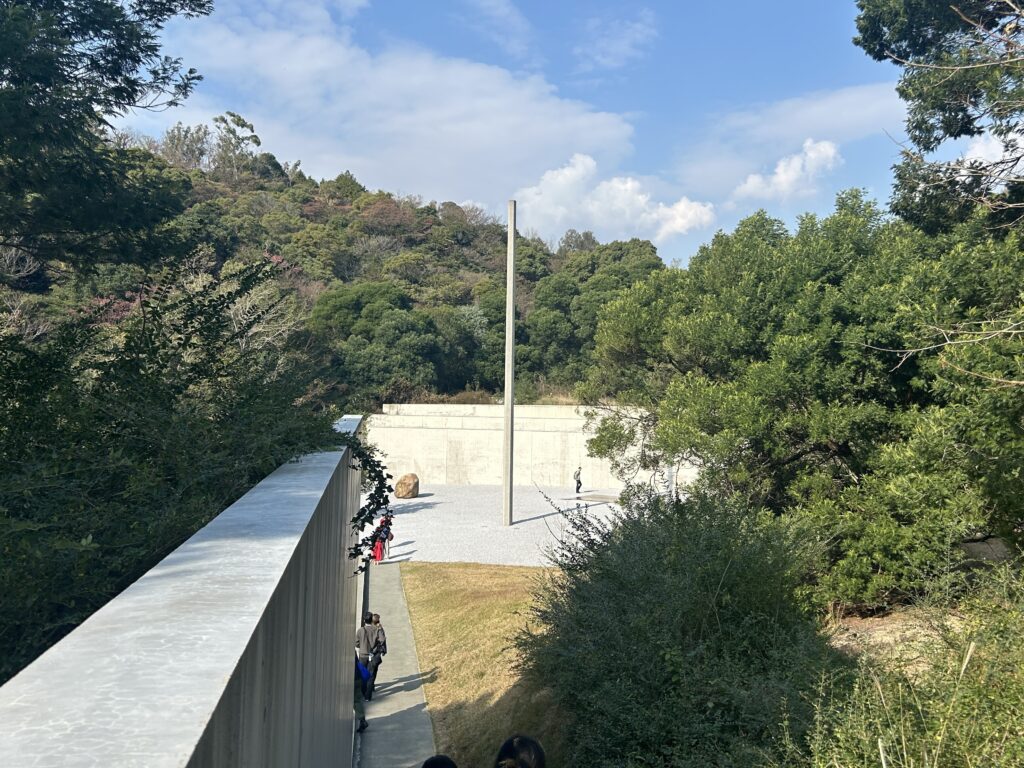

We also offer guided tours of Naoshima called “Ohana Tour”, a private tour service led by locals born and raised on Naoshima.
With deep roots in the island, we share Naoshima’s unique history, rich culture, and breathtaking scenery from a local perspective.
Whether it’s hidden photo spots, stories behind the artworks, or the charm of island life, we guide you through it all.
Each tour is fully private, allowing for a personalized and relaxed experience at your own pace.
Let us show you the real Naoshima—beyond the museums and into its heart.
